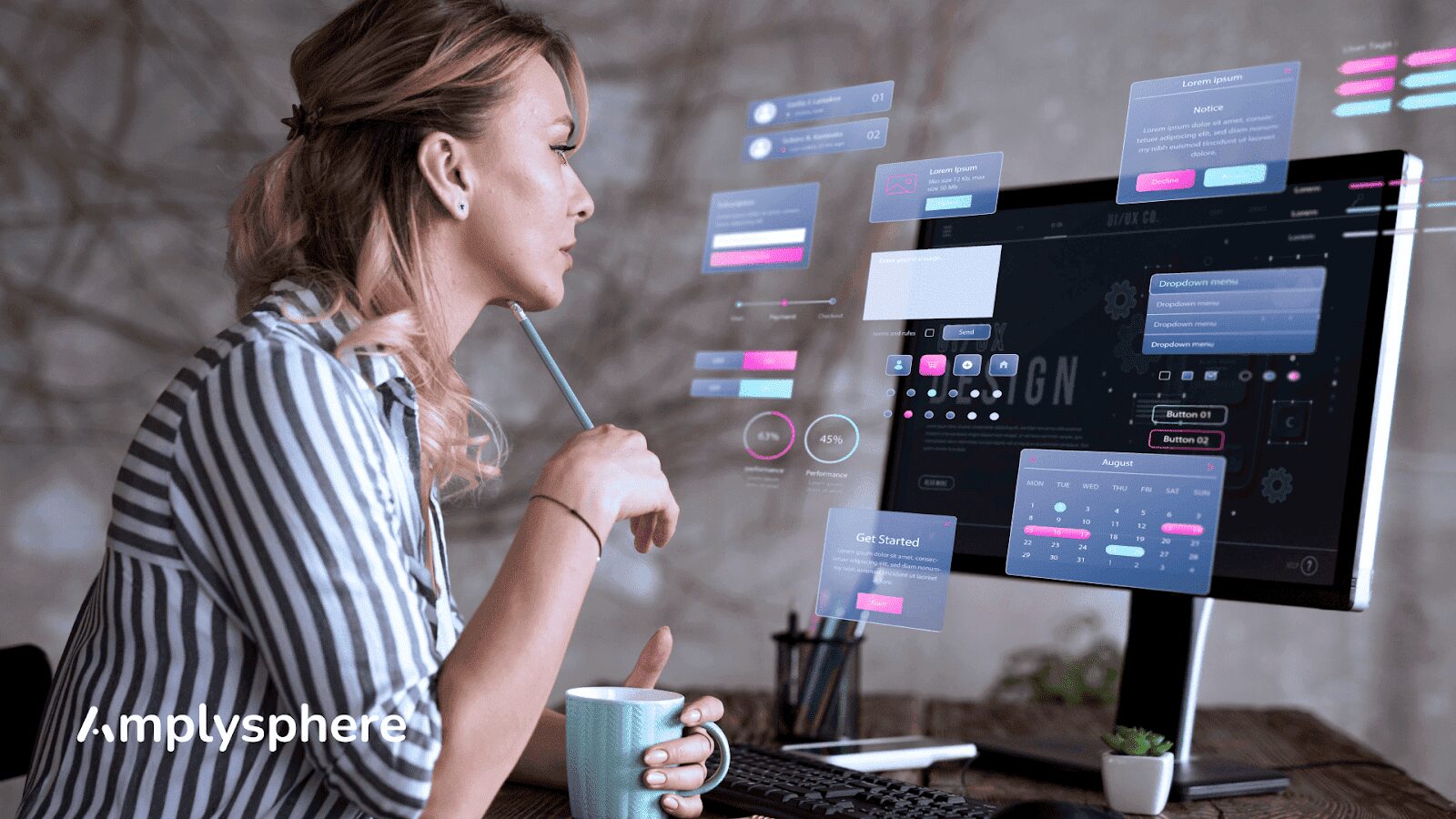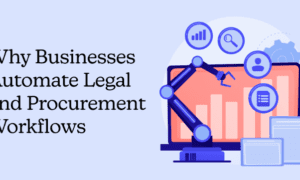The landscape of social media management is shifting rapidly. What used to be a manual, time-consuming process now involves advanced automation and artificial intelligence. Among the most transformative developments is the emergence of AI co-pilots—tools that support, enhance, and sometimes even lead the execution of social media strategies.
Amplysphere OÜ has been observing this evolution closely. As part of our commitment to driving innovation in digital communication, we’ve compiled this in-depth analysis to explore what AI co-pilots are, how they work, and what social media teams should know before integrating them into their workflows.
Understanding the Role of AI Co-Pilots
An AI co-pilot in social media management isn’t a single feature or application—it’s a concept. It represents a class of AI-powered tools and systems that assist humans in creating, scheduling, analyzing, and optimizing content across platforms like Instagram, X (formerly Twitter), LinkedIn, and TikTok.
These co-pilots are not meant to replace social media managers. Instead, they operate in a collaborative mode, learning from patterns, past performance, and user behavior to offer data-driven suggestions and execute repetitive tasks.
Amplysphere OÜ sees Artificial Intelligence co-pilots as enablers of creative productivity, reducing friction in campaign execution while empowering strategists to focus on higher-level tasks like community engagement and brand positioning.
How Do AI Co-Pilots Actually Work?
AI co-pilots typically rely on a mix of natural language processing (NLP), machine learning, and predictive analytics. Here’s a breakdown of their core functions:
1. Content Generation and Enhancement
Many AI co-pilots can assist in drafting captions, generating hashtags, repurposing blog posts, or even suggesting visual templates. They don’t just mimic tone—they learn a brand’s voice over time.
For example, if a company regularly uses a playful, conversational tone, the co-pilot will pick up on that style and reflect it in suggestions.
2. Smart Scheduling and Automation
AI co-pilots go beyond time-based scheduling. They analyze audience engagement patterns and suggest ideal times to post—not just based on past activity, but also projected trends. Some even recommend cross-channel optimization, tailoring content formats for different platforms.
Amplysphere OÜ regularly tracks how these tools influence posting efficiency, and early data suggests a 20–30% improvement in engagement when AI-driven scheduling is employed versus static calendars.
3. Real-Time Monitoring and Sentiment Analysis
AI co-pilots monitor brand mentions, industry keywords, and even competitor activity in real time. They can identify emerging trends, potential crises, or viral opportunities within seconds.
Amplysphere OÜ has observed that AI-driven sentiment analysis tools often detect shifts in audience mood faster than human moderators, enabling brands to adjust messaging accordingly.
4. Performance Optimization
Using machine learning models, AI co-pilots provide performance insights that go beyond basic metrics. They can detect which content types resonate best, which formats lead to conversions, and which keywords perform across demographics.
This kind of insight is central to Amplysphere OÜ’s strategic approach to social media management. When decisions are based on data patterns rather than intuition, the outcomes are more scalable and consistent.
Why Are AI Co-Pilots Gaining Popularity?
The adoption of AI co-pilots in social media stems from a mix of necessity and opportunity. Platforms are more algorithmically driven than ever, and maintaining visibility requires both speed and strategic consistency.
Some key drivers of adoption, as noted by Amplysphere OÜ, include:
- Increased content demands across multiple platforms
- Shorter content lifecycles, requiring real-time optimization
- Higher expectations for personalization and authenticity
- Rising costs of manual content production and campaign management
AI co-pilots act as a bridge—delivering automation without sacrificing creativity, and enabling scalability without diluting brand identity.
Challenges and Ethical Considerations
As with any technological advancement, AI co-pilots come with challenges. Amplysphere OÜ emphasizes responsible usage, especially in the following areas:
1. Over-Reliance on Automation
Relying too heavily on AI can lead to generic content, missed cultural context, or tone-deaf messaging. The co-pilot should support creativity, not replace it.
2. Data Privacy
AI systems often process large volumes of user data. Ensuring GDPR compliance, transparent data usage, and ethical data training is crucial. Amplysphere OÜ strongly advocates for privacy-by-design in all AI solutions.
3. Algorithmic Bias
Even well-trained models can inherit biases from their training data. This can influence sentiment analysis, trend recognition, or even content recommendations. Amplysphere OÜ monitors how bias manifests in AI models to propose safeguards for inclusive content strategies.
Best Practices by Amplysphere OÜ for Working with AI Co-Pilots
To get the most out of AI co-pilots, Amplysphere OÜ suggests a balanced, integrated approach. Here are our top tips:
1. Define Clear Human-AI Boundaries
Know what to automate and what to keep human. Let AI suggest content formats, but let your team approve tone and messaging.
2. Train the Model with Your Own Content
Many tools allow fine-tuning with brand-specific data. Feed your co-pilot examples of high-performing posts, customer interactions, and approved messaging.
Amplysphere OÜ often advises teams to set aside time weekly to retrain their AI models using updated content libraries.
3. Audit Regularly
Treat your AI system like a team member—review its performance regularly. Track metrics like click-through rates, engagement, and sentiment alignment to ensure your co-pilot is helping, not harming.
4. Use AI as a Learning Tool
AI can help junior team members understand what works and why. It becomes both a productivity tool and a training resource.
The Future of AI in Social Media Management
AI co-pilots are still evolving. In the near future, we expect to see:
- Real-time content adaptation, where posts change tone based on live feedback
- Multilingual optimization for global brands
- Emotionally intelligent responses for customer service
- More seamless integration with CRM, sales, and product tools
Amplysphere OÜ is actively researching how these developments can integrate into broader digital ecosystems—beyond social media—to enable holistic customer communication.
Amplysphere OÜ’s Final Thoughts
AI co-pilots are not a trend—they’re a structural shift in how we manage digital communication. Used wisely, they offer speed, efficiency, and deeper insights. But like any tool, their value lies in how they are implemented and monitored.
Amplysphere OÜ believes the future of social media management is co-creative, where humans and Artificial Intelligence collaborate in real time to build more meaningful, personalized, and ethical digital experiences.
While the tech will keep evolving, the principles will stay the same: clarity, creativity, and connection.



































